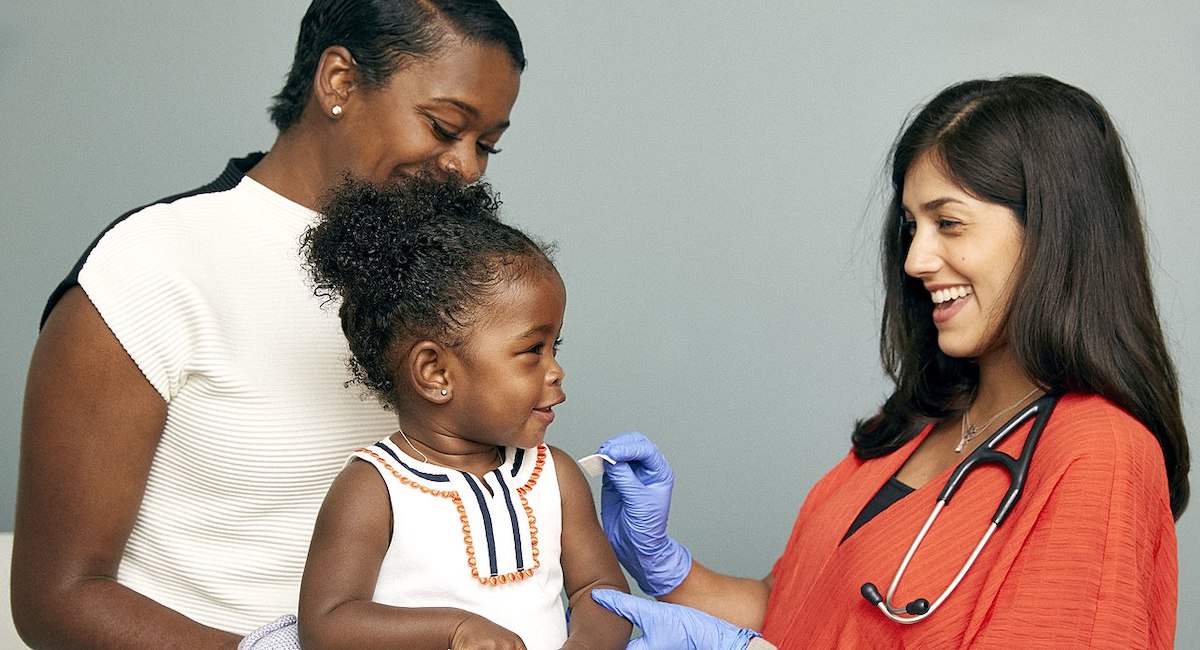Between June 2023 and May 2024, 15.5 million Medi-Cal enrollees — one-third of all Californians — will have their eligibility redetermined as part of the “great unwinding” of Medicaid enrollees underway nationwide.
At a briefing held by EMS and California Black Media, state health directors and leaders from community-based organizations (CBOs) explained how they are ensuring that Californians maintain continuous coverage and the impact of redetermination so far on Medi-Cal patients — particularly in underserved or vulnerable populations.
Providing continuous coverage: Medi-Cal disenrollments and transitions
Yingjia Huang, deputy director of Health Care Benefits and Eligibility for the California Department of Health Care Services (DHCS), discussed data on June redetermination numbers, which DHCS published on August 7.
In June, the first month of disenrollments, 21% — or 225,231 people — from the over one million Californians up for renewal were dropped from Medi-Cal, Huang said. For each month through May 2024, DHCS anticipates a similar one million up for renewal. Of those disenrolled in June, over half identified as Hispanic, 16% as white, 6% as Black and 2% AAPI.
However, nearly 87% of those disenrolled were dropped for procedural reasons, i.e. “because the member did not return the renewal packet,” said Huang. Those disenrolled procedurally have 90 days from June, through September 30, to return their packets to get reinstated.
Through a state program launched last June, those disenrolled due to higher income are automatically enrolled in Covered California, the state’s health care marketplace.
Jessica Altman, CEO of Covered California (CC), said that of those auto-enrolled from Medi-Cal, a third pay no premiums, two-thirds pay $10 or less monthly, and nearly 90% receive financial help for health insurance.
In tandem with a $25 million media outreach campaign launched by DHCS to share Medi-Cal renewal information in print and digital media across 19 languages statewide, Altman said Covered California, too, has been sharing Medi-Cal transition details through television, radio, social media, digital, and print campaigns across languages like Spanish, Mandarin, Cantonese, Korean and Vietnamese.
CBOs navigate redetermination on the frontlines
Through its Health Enrollment Navigators Project, which was awarded $60 million through SB 154 in June 2022, DHCS has funded over 150 CBOs to help those facing disenrollment navigate redetermination.
Louise McCarthy, CEO of the Community Clinic Association of LA County (CCALAC), said that LA County — having nearly a third of California’s population — is the “canary in the coal mine” for redetermination statewide. CCALAC comprises 133 nonprofits serving 1.89 million Angelenos every year, 64% of which are on Medi-Cal.
“The data at the state level rings true with what’s happening here locally,” McCarthy said. Despite outreach campaigns, many CCALAC clients weren’t returning paperwork, “often because they moved since the pandemic and their address changed.”
Rosario Arreola Pro, chief operations officer of the California Rural Health Indian Board (CRHIB) representing 19 tribal clinics statewide, said the impacts of unprotected health care are particularly unaddressed for American Indians in California. Although DHCS currently has no data as to Native American redetermination, 30 to 60% of patients served by tribal clinics are Medi-Cal beneficiaries.
Thus, said Pro, CRHIB’s measures to ensure coverage on this front are urgent. Its most crucial measures include text, phone, social media, and email outreach campaigns reminding clients to update their contact information and open their mail; ensuring that phone visits remain reimbursable for tribal clinics, “especially those in remote areas where internet may not be reliable”; and providing transporters in these areas to deliver necessary paperwork.
Dr. Seciah Aquino, executive director of the Latino Coalition for a Healthy California (LCHS), added that measures like these are also key to ensuring coverage for Latinos, who represent 53.2% of those disenrolled from Medi-Cal so far.
“We will continue to see that number rise,” she said, “and this is not okay for Latinos, who are still recovering from a devastating pandemic. Our health is very fragile.”
In May, CDPH data revealed that Latinos comprised about 44% of COVID cases and 42% of COVID deaths.
‘Fear and confusion’ around Medi-Cal redetermination
While communication campaigns are reaching Spanish speakers statewide, LCHS — which represents over 40% of Californian Latinos, or over 16 million — has found that “there is still a lot of fear and confusion in terms of what to do,” Aquino continued. “People understand that these changes are coming and ongoing, but don’t understand where to follow up and how we can help them.”
Language access and data disaggregation challenges worsen these communication gaps.
“Our community is not a monolith, and we have many indigenous Mesoamericans who have not been able to receive information ,” said Aquino. Getting DHCS redetermination numbers on these communities specifically is key to outreach. “When you keep people healthy, you keep your economy healthy.”
Mayra Alvarez, president of the Children’s Partnership, said youth are among those most vulnerable to redetermination, as 5.7 million children — nearly 60% of those statewide — rely on Medi-Cal, and nearly 70% of these are children of color. Among the two to three million Californians which DCHS has estimated may lose Medi-Cal, she estimates that up to 1 million are children.
Although procedural disenrollment numbers are clear, the reasons for them remain largely undetermined, she noted. While communication issues like language access hinder families and youth from continuous care, CBOs are key to addressing these challenges at the ground level and the state is helping prevent Californians from “falling through the cracks,” Alvarez said.
For example, AB 2402, passed in August 2022, ensures multi-year continuous coverage for children ages zero to five and removes procedural barriers to care, but it won’t be in effect until 2025.
“Fifteen million of us depend on Medi-Cal, including over half of all kids,” Alvarez added. “If one family, one child, one person loses coverage unnecessarily, that’s unacceptable. Keeping Californians from falling through the cracks … is an all-hands-on-deck effort.”




